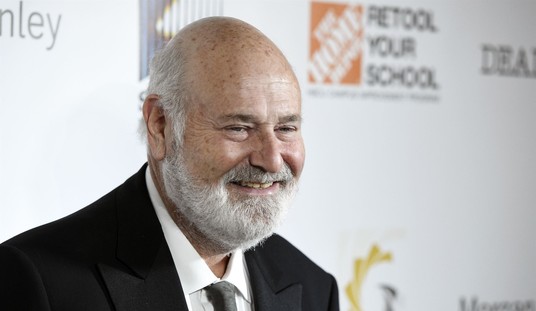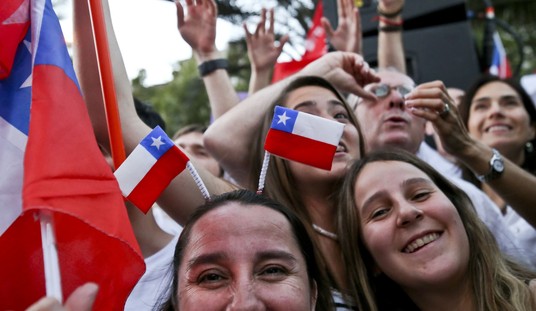For the last few decades there has been plenty of chatter about declining vocations among Roman Catholic clergy. That there are not enough priests to man every parish. Not enough nuns to staff parochial schools. But appearances can be deceptive. Although it has been true that diocesan vocations have come down, sometimes dramatically, the opposite can be said of independent orders not associated with any diocese. For those religious orders, the level of membership have not only continued to hold, but have increased in numbers.
The lack of reporting on the healthy numbers associated with the non-diocesan orders and repeated ballyhoo on the declining number of diocesan priests, suggests the hope by some that the Church will finally be forced to approve the ordination of women to the priesthood.
Unfortunately for those who support such a radical move, the trending just isn’t there.
In closing down inner city churches and consolidating parishes, the Catholic Church is retrenching, concentrating its resources where the communicants are while at a more grassroots level the faithful are finding different ways to express their continued enthusiasm for God and His Church on Earth. Ways that are destined to become seedbeds for future growth and that usually take the form of collective effort rather than individual expression.
And for the Catholic Church, that usually means the creation of religious orders spearheaded by a visionary founder or foundress. And for anyone who thinks the days of Sts. Benedict or Francis are past, think again!
Today’s culture in many ways is no different than those of past centuries when more sensitive souls felt there had to be something beyond just the day-to-day struggle for existence.
So too, beneath the surface of Western society where most young people these days seem immersed in narcissism and materialism, there are others who hunger for more and find personal satisfaction in new, highly diverse, religious orders that have been cropping up with more regularity in recent years.
What’s more, these new orders get back to the basics of the faith and are far more likely to embrace traditional Church teaching than not. Because older, more established religious orders have allowed themselves to be captured by left-leaning politics, they’ve become less attractive to the very people who might be drawn to the religious life.
A spotlight was thrown upon this problem when the Vatican decided to conduct an investigation of various orders of American nuns whose members were believed to have strayed too far from Church teaching to embrace feminist values, social justice issues, and promotion of female ordination.
Despite a strong respect for nuns and the sacrifices they’ve made through their vows and the day-to-day work they’d performed in the schools, orphanages, group homes, and hospitals they established over their long histories, the average churchgoer in recent years has been disheartened at the radicalization of some orders and the swiftness with which they discarded the trappings of their Catholicity following Vatican II.
It was the alarm caused by such actions that finally prompted a Vatican investigation begun six years ago and which ended in disappointment for many conservative Catholics with its sudden and tepid verdict issued in December.
With only a slap on the wrist, those orders that decide to continue on the path of secularism, will continue to see a decline in membership even as young people, grown wary of the unfulfilled promises of self-centered feminism and “social justice,” find appeal in new orders that have begun to rise from the wreckage of the old.
New orders such as the Franciscan Friars of the Renewal founded by Fr. Benedict Groeschel who was disappointed that Catholic clergy in general and members of religious orders in particular were not speaking out against excesses in the culture.
According to Fr. George Rutler, pastor of the Church of St. Michael in New York City, (Groeschel) “believed many older orders had lost their zeal, were accommodating to the times, and did not address the deeper issues of our society.”
https://www.youtube.com/watch?v=dqnueUemDu4
Groeschel’s feelings obviously reflected others in the Catholic community as new orders rose along with his own, orders like the Sister Servants of the Eternal Word founded in 1998, the Sisters of Life founded in 1991, the Daughters of Mary of Nazareth founded in 2011, the Marian Sisters of Santa Rosa founded in 2012, Missionaries of the Gospel of Life founded in 2005, and the Missionaries of Mary founded in 2007.
After decades of stagnation, male orders have also been on the rise with the Canons Regular of Saint John Cantius founded in 1998, the Franciscan Brothers of the Eucharist founded in 2002, and the Companions of the Cross founded in 1985 leading the way.
Although many of the new orders would be recognized by any man on the street due to their traditional ways and garb, others might not. Some new orders such as Fraternas, founded in 1991, are less formal. Working on the diocesan level, they’re structured in a way that allows members to continue living a lay lifestyle or working in the world while coming together for worship and community prayer.
As a result of all this, while the older orders wither on the vine with median ages of members in the 50s and 60s, young people are more attracted to groups that are more focused on community, worship, and service rather than politics. Groups such as the Dominican Sisters of Mary, a teaching order founded in 1997 whose members have a median age of 26 with 20 postulants lined up for entry in 2015.
With stats like that, the times seem right for more orders with more diverse missions to arise in the coming years, and all on a fast track for official Vatican approval.









Join the conversation as a VIP Member